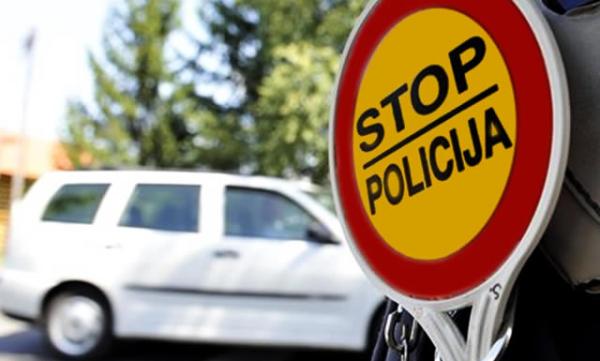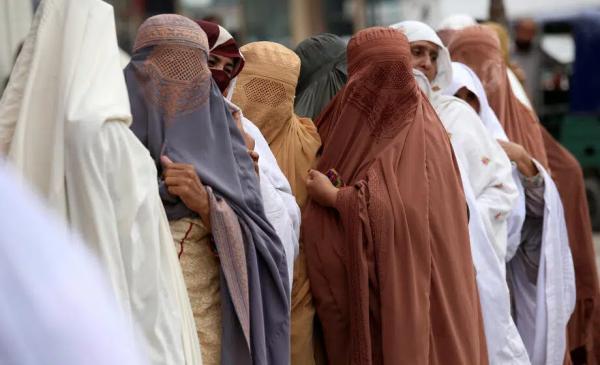Ivory or RAL 1015 - that's the color of taxis in Germany. Most people see them as beige taxis. But why are all taxi vehicles that color, and is it mandatory?
You've probably seen a beige Mercedes on roads, battle-scarred from many traffic encounters, leaving a thick cloud of black smoke in its wake. You could immediately conclude - that car was bought in Germany and has covered at least 300,000 kilometers!
Taxi vehicles in many countries are yellow, red in some, even light blue in others - and in some countries, there are no strict regulations regarding the color. On the other hand, German taxis are beige. But not all of them, and not always. Originally, taxis in Germany were not beige but black. However, that changed in 1971. It was ordered by the then Federal Minister of Transport, Georg Leber (1920–2012, SPD). The new color was supposed to be ivory (technical name: RAL 1015). After a five-year transitional period, all black taxis were supposed to disappear from German streets. And it happened.
What were the reasons for this decision? Light dirt and small stains are not as noticeable on beige as they are on black, taxis look neater, and in the years before air conditioning was installed in cars, it could get pretty hot in black taxis...
However, more importantly, that color, unlike black, had not been used for passenger cars until then. And, as reported by Revija HAK, it remained that way afterward. With good reason, of course. After all, the lighter color also increased road safety, which was a significant concern for Leber.




















